Nanocellulose-based immobilization matrices for photosynthetic cell factories
- PhD student
- FinnCERES
Immobilization of photosynthetic microbes is a promising technique to improve the efficiency of cell factories designed for sustainable chemicals production while also capturing atmospheric CO2. However, it is necessary that the matrix material is not only biologically compatible with the immobilized cells, but also possesses high mechanical durability in challenging aqueous conditions. We have developed a novel cell factory matrix architecture based on ethylene-producing cyanobacteria entrapped within TEMPO-oxidized cellulose nanofibers (TCNF). The self-standing matrix is operational in submerged conditions, outperforming conventional alginate-based solutions in terms of wet strength, long-term cell fitness, and stability. The rigid nanofiber network combined with strong cross-linking with PVA enables the formation of a strong self-standing hydrogel structure, especially when compared to polymeric alginate that is cross-linked with reversible ionic bonds. The hygroscopic and porous nanofiber network is also able to effectively shield the cells from the surrounding environment, illustrated via rapid cell recovery and improved long-term viability. Finally, the novel TCNF matrix allows efficient long-term ethylene production in submerged conditions with high concentrations of NaHCO3 supplement, where the conventional alginate-based matrices fail and show severe cell leakage already within 20 minutes. Overall, the results showcase the versatility and potential of cell immobilization with TCNF matrix, paving the way towards novel biotechnological pathways using solid-state cell factories designed for efficient and sustainable production of e.g., monomers and fuels.




